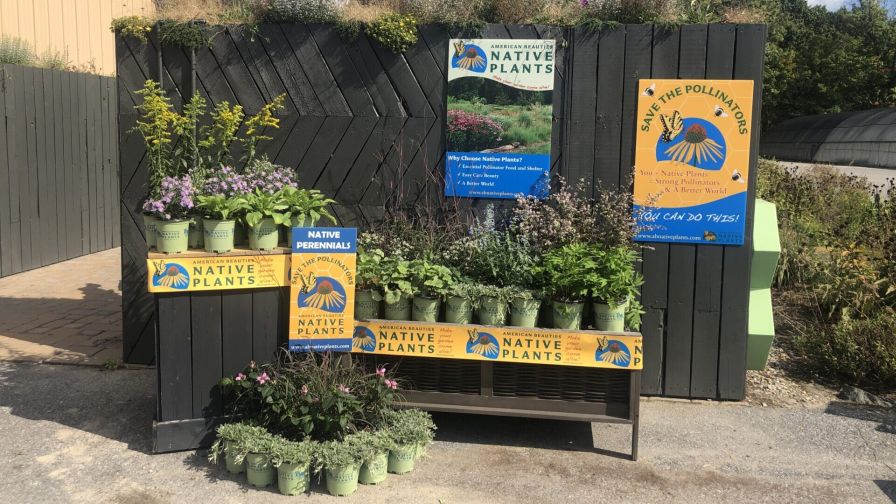Allan Armitage on the Myth of Pollinator Plants (Updated With Reader Comments)

Zinnias are an excellent non-native pollinator plant. Shown here is the new Zinnia Belize Series, introduced by American Takii at California Spring Trials earlier this year. Photo: American Takii
Perhaps I just don’t get it. How did the term “pollinators” become so important to the marketing of our ornamental plants? It does not take a brain surgeon or a rocket scientist to understand the importance of pollinating insects to ecosystems in general, from the forests of the Amazon to your neighbor’s vegetable garden. The process of pollination is essential to life, thus the need to attract pollinators and maintain healthy populations of butterflies, beetles, and bees is basic to our existence.
We have done an excellent job in getting those facts across to people. Everywhere I speak, anything I read, every trend I hear about mentions the importance of pollinators. On a global level, I understand this rallying cry, but in my garden, I’m not so sure. Good grief, on the one hand we understand the importance of pollination to produce fruit and seed, yet on the other hand, half of the new cultivars we have bred for the garden are sterile.
What the pollinator trend has created is a wonderful marketing opportunity for what we do. Flowers attract pollinators, so we should plant more flowers. The fact that most gardeners and landscapers don’t want plants to reseed and have no use for the fruit of impatiens or baptisia is not important — the concept of attracting the good guys in the garden is. So let’s market pollinators to our children and neighbors, even if their importance to our customers is a bit of a myth.
I don’t mean to pile on, but while talking about pollinators, let’s dispel another myth. Thy name is native.
I enjoy native plants; as with pollinators, I understand their importance to the ecosystem in general, and we have gleefully jumped on the native bandwagon. In fact, we as an industry have done a marvelous job of marketing the term “native” — to the point that every local, state, and federal contract demands the use of natives/nativars in the planting. We have touted the importance of natives not as a better performer, not even as a prettier plant than non- natives, but because they are “essential for pollinators.”
Perhaps, we may have been a little overzealous in our enthusiasm. While it is true that many native plants are excellent pollinators, let’s get real here. The reason for a flower’s existence, any flower anywhere in the world, is to attract pollinators. To suggest that non-native plants are not good for pollinators is silly, and perhaps a little too patriotic, don’t you think?
I also have heard the myth that all native pollinators are attracted only to native flowers. Hogwash! To quote The Pollinator Partnership (TPP), one of the most useful publications for enhancing pollinators, “many herbs and annuals, although not native, are very good for pollinators.” TPP mentions mint, lavender, cosmos, zinnias — even dandelions are recognized as excellent pollinator plants.
If we are marketing pollinator plants as a landscape/garden trend, tying pollinator plants to only natives eliminates half our palette. Of course we should market our natives alongside pollinators, but let’s not ignore all the other excellent attractors on our benches, even though they don’t make it on the natives lists.
A Few Non-native Pollinator Plants
- My top tier: Salvias (almost any kind), Calamintha, Buddleia, Agastache, Nepeta
- Excellent: Allium, lavender, Russian sage (almost any flowers in the mint family), sunflowers, cosmos, zinnias
- Not good: Stay away from double flowered anything, there is little available pollen or nectar









